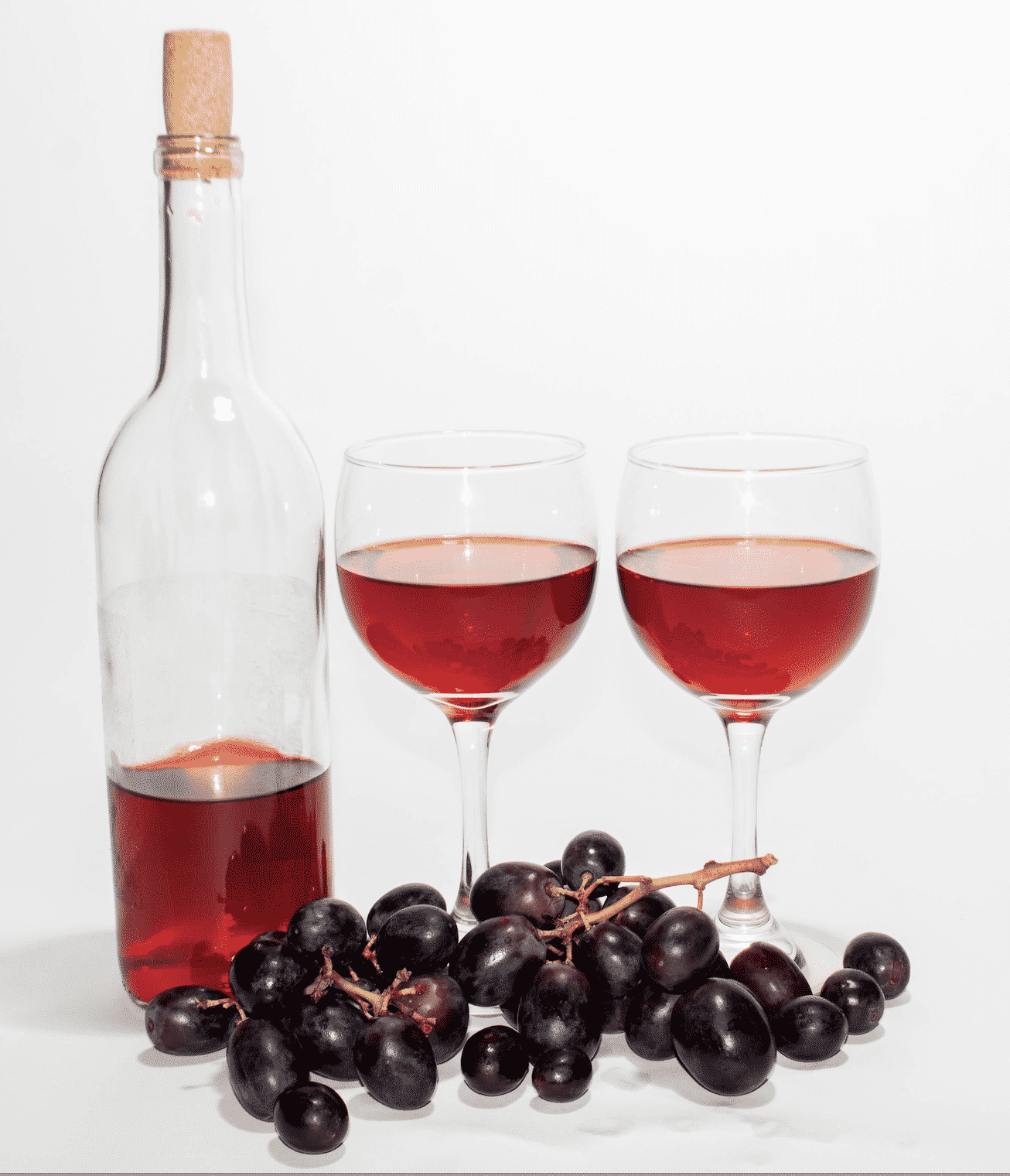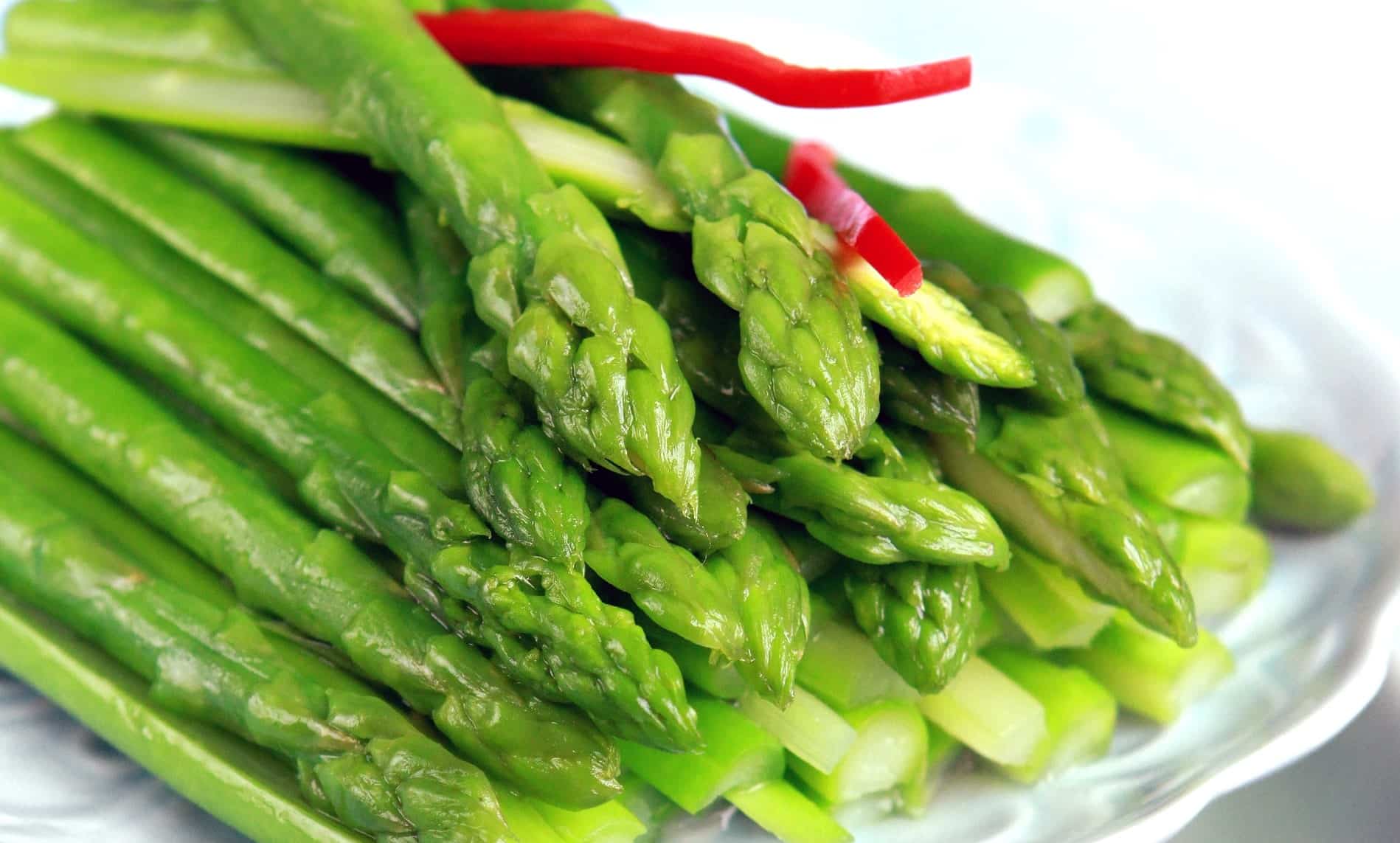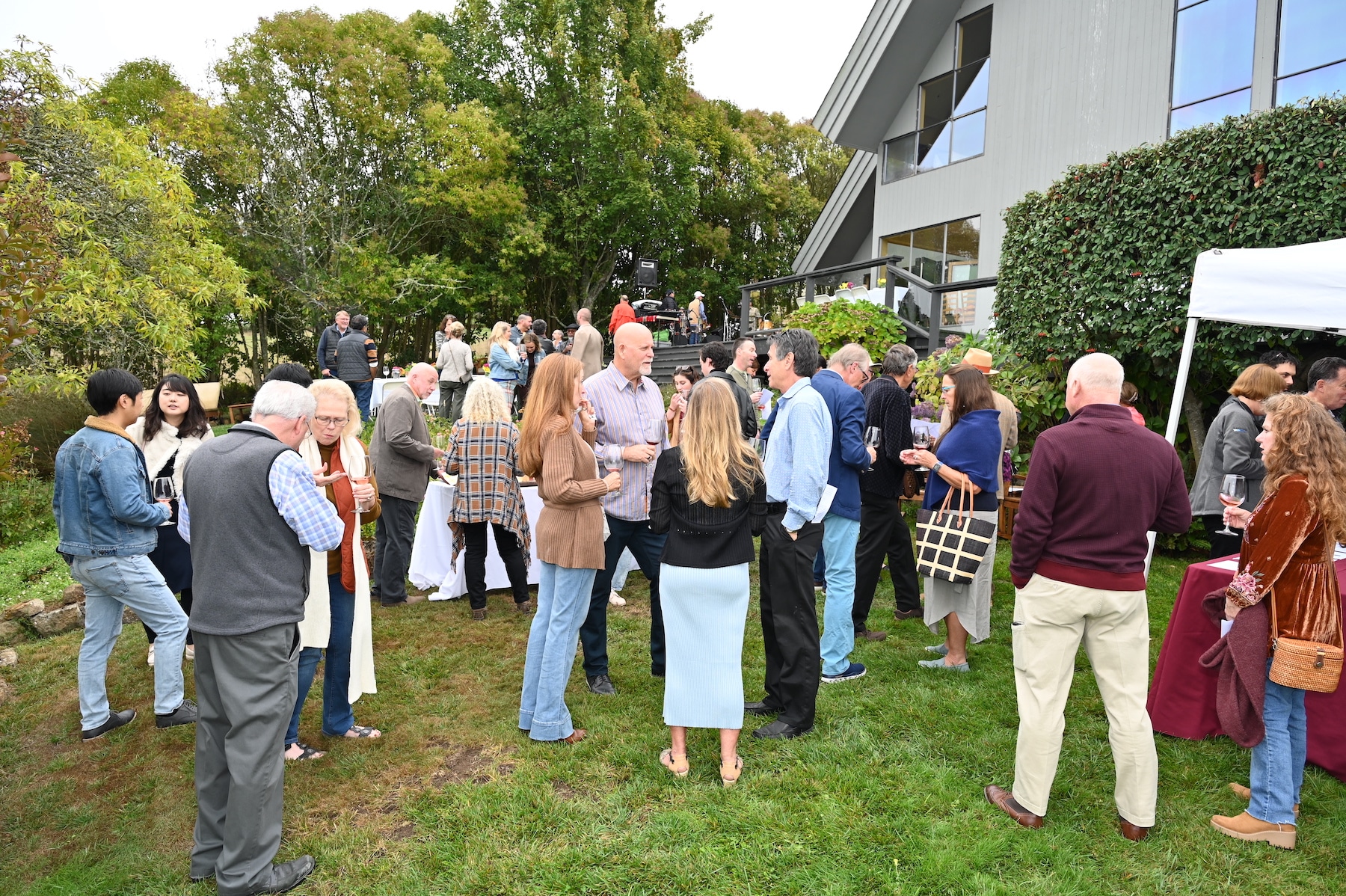Historical Wineries To Visit In Sonoma - Wineries To Visit
Historical Wineries To Visit In Sonoma - Wineries To Visit
Blog Article
Wineries Known For Their Hospitality - Celebrated Wineries Around Sebastopol
Wine tasting is an art that requires practice and an understanding of assorted features concerned within the process. One crucial element of wine tasting is the event and interpretation of tasting notes, which serve as a guide for each novices and seasoned connoisseurs. A Guide To Understanding Winery Wine Tasting Notes can improve your wine-tasting experience, making it extra meaningful and pleasant.

Tasting notes are concise descriptions that seize the essence of a wine’s flavors, aromas, and general character. Usually composed by professional tasters, winery tasting notes offer insights into the nuances of assorted wines. They can help wine enthusiasts understand what to expect from a specific bottle. Nonetheless, tasting notes can differ widely in style and detail primarily based on the writer's experience and palate.
Wine Tasting Tours In Russian River Valley - Vineyard Experiences In Sonoma
When you first strategy a glass of wine, your senses will start to engage instantly. The sight, smell, and style of the wine will converge to provide you a whole experience. Tasting notes generally start with the visual assessment, the place the color of the wine is taken into consideration. Color performs a major function in indicating the wine’s age, grape variety, and even its flavor profile.
After assessing the visual aspect, the following step entails swirling the wine in the glass. This action aerates the wine, allowing its aromas to awaken. Smelling the wine provides critical perception into its complexity. The initial sniff can deliver a flood of scents that may include fruity, floral, natural, or earthy notes. This is usually the most subjective part of tasting, as individual experiences can dramatically differ.
In winery tasting notes, descriptors are sometimes categorized into primary, secondary, and tertiary aromas. Primary aromas usually stem from the grape variety, secondary aromas derive from fermentation processes, and tertiary aromas come up from getting older. Understanding these categories might help you recognize the depth of a wine, they usually also give you the vocabulary to specific your experience better.
Vineyard Tours With Guided Tastings In Sonoma - Sonoma’s Lush Vineyard Landscapes
Following the olfactory encounter, your focus will shift to the taste of the wine. This is the place the first characteristics—sweetness, acidity, tannins, alcohol—come into play. Tasting notes often detail these flavors in multiple dimensions, together with the preliminary attack on your palate to the lingering end on your tongue. A high-quality wine will current a harmonious balance between these elements.
While tasting, it's important to ponder the body of the wine, which can be described as light, medium, or full. The physique contributes considerably to your total impression, helping you consider how the wine pairs with food or whether or not it stands alone as a sipping wine. Balancing the physique with the opposite characteristics will present you with a fuller understanding of what the wine has to supply.
The end of the wine, also referred to as the aftertaste, is one other crucial aspect usually included in tasting notes. A lengthy, pleasant finish normally signifies the next high quality wine, while a brief or cloying aftertaste could suggest in any other case. Evaluating the finish can provide further insight into the wine's complexity and distinction.
Understanding the context of winery tasting notes is also valuable. Tasting notes can present contextual details about the vineyard's location, local weather, and grape-growing practices. This context provides one other layer of appreciation for the wine, allowing enthusiasts to attach the sensory experience with its origins, thus enhancing the enjoyment further.
Best Wineries For Wine Tasting In Sonoma - Discovering Sonoma Area Wineries
Many wineries present tasting notes on their websites or labels, usually written site in an approachable but informative style. Nonetheless, not all winery tasting notes are created equal. Some could also be overly technical, whereas others would possibly prioritize marketing aptitude over insightful analysis. Learning to navigate these notes can arm you with the data to make informed selections when selecting wines.
Taking Part in tastings at wineries also can deepen your understanding of wine tasting notes. Interacting with educated workers can give you a more hands-on strategy to exploring completely different wines and the language used to explain them. Wineries Producing Pinot Noir And Chardonnay. You Will have the chance to ask questions, engage in discussions, and doubtlessly refine your palate in real time.
Experimentation is crucial for mastering wine tasting notes. As you sample completely different wines, try making your individual notes. Focus on describing the wine’s colour, aroma, taste, and finish. Over read the full info here time, you’ll develop a personal vocabulary that resonates together with your sensory experiences. Every note you create will assist refine your palate, permitting you to understand wines at a deeper level.
Wineries Known For Sustainable Practices In Sonoma - Sebastopol Wine Country
In conclusion, a Guide To Understanding Winery Wine Tasting Notes presents a complete framework for diving into the world of wines. It equips you with the methods and language essential to articulate your experiences. Whether Or Not you are a casual drinker or a dedicated aficionado, understanding and using tasting notes can profoundly influence your wine journey. This information not only enhances your enjoyment but in addition connects you deeply with the rich narratives every bottle tells. By embracing this journey, you turn into a part of the attractive mosaic of wine culture, where every sip unveils a brand new story ready to be found.
- Wine tasting notes sometimes embody a big selection of sensory descriptions, including aroma, flavor, acidity, physique, and end, permitting tasters to completely appreciate the wine's traits.
- To enhance your understanding, familiarize yourself with widespread wine terminology such as "tannins," "oakiness," or "terroir," which might help decipher the notes more successfully.
- A systematic method to tasting involves first visually assessing the wine's color and readability, adopted by swirling to launch aromas, then inhaling and describing what you experience.
- Taking notes during tasting may help determine patterns over time, bettering your palate and making it simpler to recall preferences for future selections.
- Don't overlook the affect of food pairings; tasting notes can differ significantly when a wine is enjoyed with complementary flavors, altering perception and pleasure.
- Pay attention to the wine’s vintage, as weather conditions in a given year can significantly affect the final product, adding another layer to the tasting notes.
- Consider the winemaker's style and philosophy, which might form the wine's profile and impression how its notes evolve with each sip.
- Training with completely different grape varieties can broaden your vocabulary; each kind brings distinctive characteristics that may improve your capability to articulate tasting notes successfully.
- Partaking with wine professionals or attending tasting events can present valuable insights, offering a richer context for understanding personal tasting notes.
- Bear In Mind that tasting is subjective; individual preferences and experiences will shape one’s interpretation of the same wine, enriching the general enjoyment of wine exploration.
What are wine tasting notes?
Wine tasting notes are descriptive feedback made by tasters concerning the look, aroma, style, and finish of a wine. They present an summary of the wine's characteristics and may help shoppers perceive the style and quality of the wine.
Wineries Showcasing Local Art And Crafts - Vineyards Near Sebastopol
Why are tasting notes essential when choosing wine?
Tasting notes can guide you in choosing a wine that fits your palate. They present insights into flavors and aromas, helping you to match wines with food or occasions. Understanding these notes enhances your overall wine experience.
How should I learn wine tasting notes?
(Wineries Renowned For Cabernet Sauvignon In Sonoma)
Quaint Wineries In Picturesque Settings In Sebastopol - Sonoma Valley Vineyards And Wine Tasting
When studying wine tasting notes, take note of the construction: look for descriptions of colour, aroma, flavor, and finish. This will help you grasp the wine's profile and determine if it aligns together with your preferences.
What phrases commonly seem in wine tasting notes?
Common terms embody "tannin" (the structure), "acidity" (the crispness), "body" (the weight), and numerous flavor descriptors like "fruity," "earthy," or "spicy." Familiarizing yourself with these phrases can deepen your understanding of wine.
Wineries With Artisan Chocolate Pairings In Sonoma - Wineries Near Sebastopol For Tasting

Am I Able To create my very own tasting notes?
Yes! Writing your individual tasting notes can improve your wine tasting experience. Focus in your observations of style, aroma, and other sensory characteristics. This personal practice might help you refine your palate over time.
How do I determine the aromas in wine tasting notes?
Affordable Wine Tastings In Sonoma County - Sonoma’s Lush Vineyard Landscapes
To determine aromas, practice smelling quite so much of scents and associating them with wines. Swirl the wine in your glass to release its aromas, then take a moment to breathe in deeply before identifying any outstanding scents.

What is the distinction between professional and personal wine tasting notes?
Professional tasting notes could use extra technical language and specific terminology, whereas personal tasting notes are subjective and replicate particular person experiences. Each are priceless for understanding and having fun with wine, but personal notes might resonate extra together with your unique tastes.
How can tasting notes improve my wine appreciation?
Wineries Known For Their Hospitality - Sonoma Vineyards Worth Visiting
Tasting notes can enhance your appreciation by helping you to grasp and articulate the complexities of wine. They encourage conscious tasting and supply a framework for comparing totally different wines, leading to a richer enjoyment of the beverage.
Are there any apps or tools to assist with wine tasting notes?
Sure, there are several apps designed to help customers document and manage their tasting notes. These instruments typically offer options like flavor wheel guides and wine database searches, making it easier to track your journey through completely different wines. Report this page